Drawing Room Deceptions by Hollingworth Boek (B0016)
Tijdelijk uitverkocht
Drawing Room Deceptions werd niet voor niets het snelst verkopende goochelboek ooit, het was het directe resultaat van een serie specifieke zaken.
Het eerste was een jonge Engelse schooljongen welke 10 jaar wilde geven van zijn jonge leven om zich de kunst van het kaart goochelen eigen te maken. Hij nam geen genoegen met het kopiëren van acts en routines van anderen en startte daarom met het zelf ontwerpen van routines en trucs. Gedurende deze periode ontwikkelde Guy een bepaalde eigen stijl. Nadat hij afstudeerde aan de universiteit reisde hij een aantal jaren de wereld rond om te op te treden en lezingen te geven bij goochelclubs en op goochelcongressen. Voeg hier de televisie optredens aan toe (zoals bij The World’s Greatest Magic in de USA) en Guy werd al snel bekend onder de goochelaars en zijn reputatie groeide hiermee pijlsnel. Eén van de bekendste routines welke Guy overal vertoonde en welke veel indruk maakte was zijn bijna niet te geloven stukje voor stukje kaartenherstelling genaamd The Reformation. Het laatste stukje van deze puzzel was om al deze informatie samen te voegen in één boek genaamd Drawing Room Deceptions. Het feit dat het gehele boek was geschreven, geïllustreerd en ontworpen is door Guy zelf maakt het nog meer bijzonder!
Het is niet overdreven om te zeggen dat de goochelwereld wanhopig was om het boek zo snel mogelijk uit te brengen, toen het dan ook eenmaal uitkwam waren de reacties overweldigend. De eerste druk was net klaar toen er al een tweede druk kwam, inmiddels zijn er al vijf edities uitgebracht!
Goochelaars wisten dat deze zeker geprikkeld zouden worden door de handelingen, grepen en theorieën welke de 320 pagina´s van dit boek vullen. Wat echter ook erg in de smaak viel was het ontwerp van het boek zelf, de tweekleurige druk op de buitenzijde met een portret van de auteur en een mooi lettertype maken dit boek compleet en laten het eruit zien als een klassiek boek uit de 19e eeuw.
320 pagina´s – 15 x 22,5 cm – Hardgebonden met 2 kleurige druk op de kaft. Volledig in de Engelse taal
Hieronder kun je een stuk uit het boek Drawing Room Deceptions lezen….
EPILOGUE during which a method for tearing and restoring a card is discussed.
I have always had something of a love-hate relationship with magic; I certainly feel passionate about it much of the time, but I have a tremendous need of completely dissociating myself from it on regular occasions, or I tend to find it incredibly tedious. Magic incorporates elements which I love, and those which I cannot stand. Amongst the latter are the mass of marketed tricks and dealer halls at conventions; that is not through any snobbery or dislike for those who make their living out of producing and selling such items, but rather out of a complete lack of interest. I am aware that by ignoring this side of conjuring I am denying myself many fine effects that I will never otherwise come across, that could make valuable additions to my repertoire, but nonetheless, I have never understood the fascination with the dealer items. For some reason I vividly remember mentioning this incredulity to a colleague at an early convention that I attended, and being met with his philosophical answer that “they are all looking for the one trick in amongst all the others that will make them famous.”
Despite being impressed at my relatively early age by the profundity of this statement of an older and wiser performer, I always had my doubts about the validity of what he had said; apart from feeling that it was unlikely that such a thought had ever crossed the minds of most of the people who were present, surely there could be no trick that could actually make your name, nor even distinguish you particularly from other fellows in the field. Whilst I still have my doubts that such a trick can be found on any dealer’s table, or for that matter in any book or magazine, I have been truly amazed by the apparent interest that has been aroused by a trick which I came up with mainly to satisfy personal curiosity, rather than as any particular marketing ploy whereby I would become better known. In fact it was in my first year at university, where I had been fortunate enough to be allocated a room of my own, that the beginnings of such a trick came about.
As the work load was rather light to start off with, and since the campus was small and frequently devoid of evening entertainment, I initially quite often found myself in my room with time to kill. Having always intended to perform a torn and restored card of some description, I had recently learned and been very impressed by J.C. Wagner’s method from his book Seven Secrets, and had set to work on possible ways of effecting a visible restoration of each piece. Although quite successful, this made the discrepancy of the final piece not being restored all the worse, and I decided that I would try to come up with a solution to this point. Progress was significantly hampered by the location of the only mirror in the room, which was above the sink, causing a multitude of dropped cards over the months to become slightly damp and unusable. Of the various methods that came out of these otherwise unproductive evenings, I had very little confidence in any, but nonetheless felt that from a theoretical point of view I had come some way towards solving the problem.
It was only after showing one version to a few friends that I became persuaded that it may actually be worth my performing it. After a while of doing so, I began to realize that it was not the method that was significantly wrong, but more the lack of practice, that I was now getting through performance. After a while, other conjurors expressed a certain interest in the method, and it was for my first lecture, which was at the Opus Isle of Man Convention, that I was persuaded to release the method (which to my amazement had seemingly fooled some people). It was released on video, being a simpler and quicker method for the novice such as myself to convey the workings than in textual form. I decided to release it as a strictly limited edition, not because of any desire to keep it exclusive, nor because I thought that it was a great trick, but simply as I cynically thought that since no-one would be interested in a complicated trick by someone whom they had never heard of, by releasing it as such, a few people might actually buy it, perceiving it to be more important than it was.
In fact, it seemed that interest was such that this ploy was unnecessary; I have frequently regretted making this pledge of the limited edition, as I have been met with many offers since to buy the tape. However, being a man of my word, I have not sold any since the end of that limited edition, nor will I ever do so; however, that was over three years ago, and I have decided that it is now time to discuss the method in another format, that being this book. It is my sincere hope that this will not cause offence to anyone who purchased the tape, as they have now had at least three years of exclusivity, should they wish to have made use of it, and it seems to me that if anyone else is truly desirous of learning the method (and I fear that they will have to be so in order to comprehend the following essay), they should be entitled to do so even if they did not happen to be on hand to buy the tape.
And so, by way of a conclusion to this book, there follows the complete description, with a number of possible variations, of what is arguably my favorite trick, and that which certainly has been kinder to me than any other, which has come to be called The Reformation.
Enkel ingelogde klanten die dit product gekocht hebben, kunnen een beoordeling schrijven.
Gerelateerde producten
Heb je vragen over een product of bestelling?
Neem gerust contact met ons op, wij helpen je graag verder!


 English
English Deutsch
Deutsch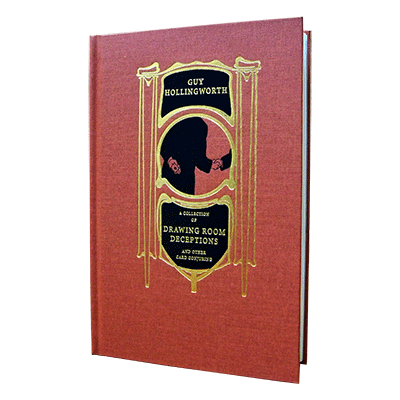

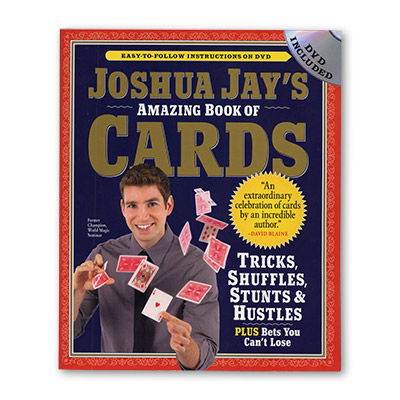
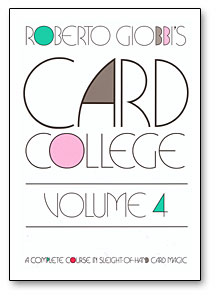
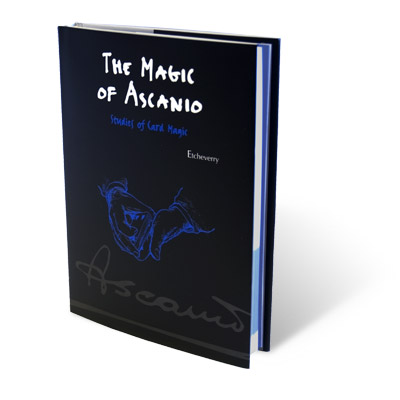
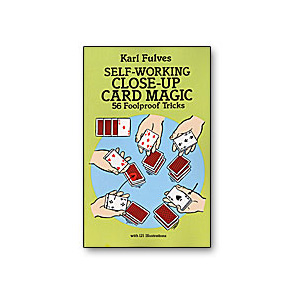
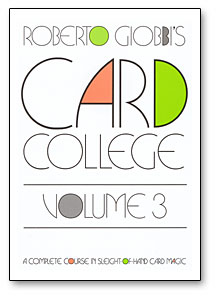
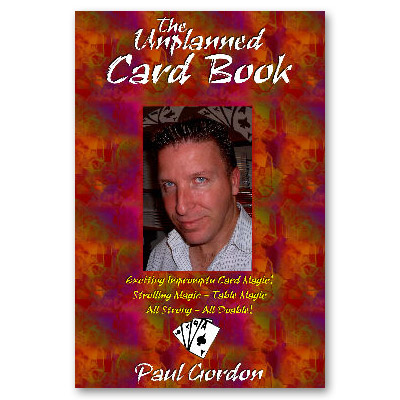
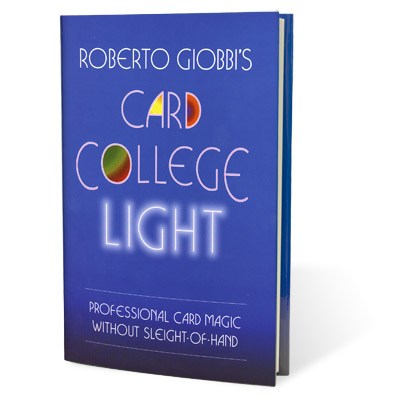
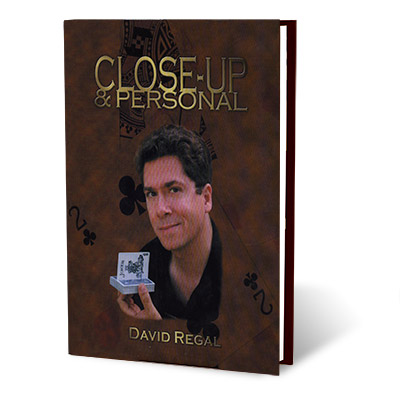
Beoordelingen
Er zijn nog geen beoordelingen.